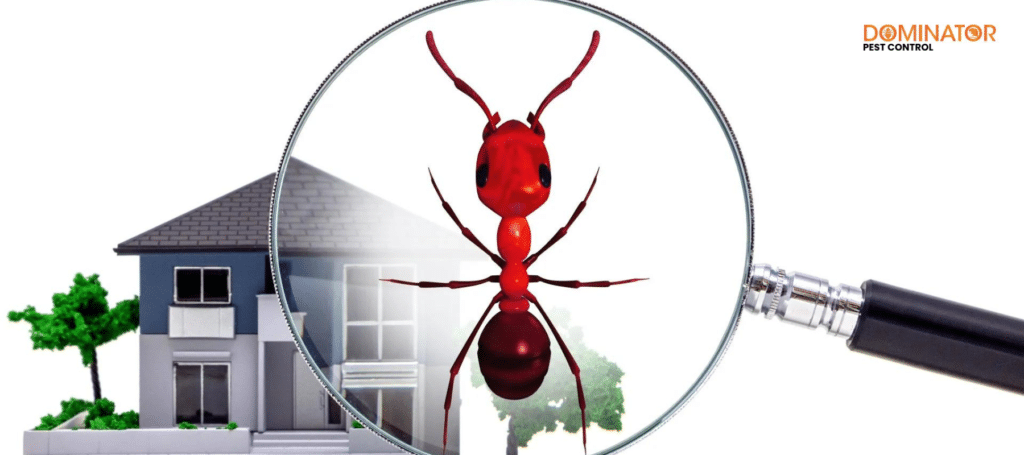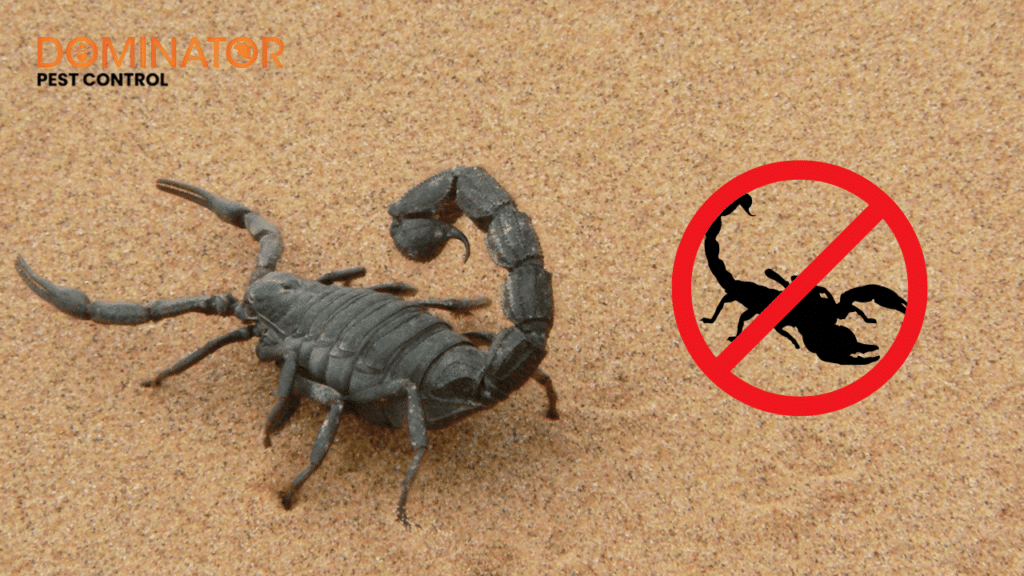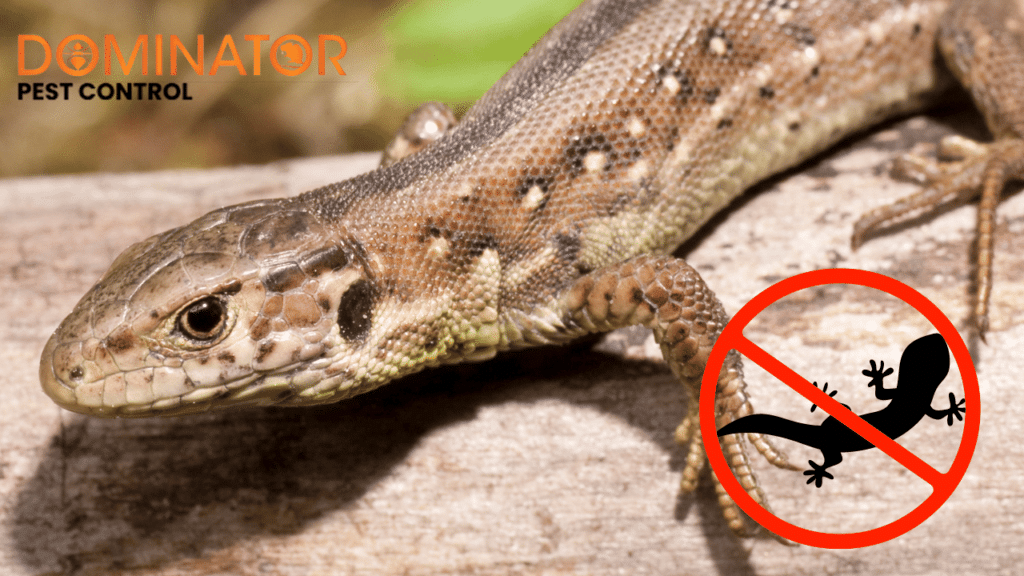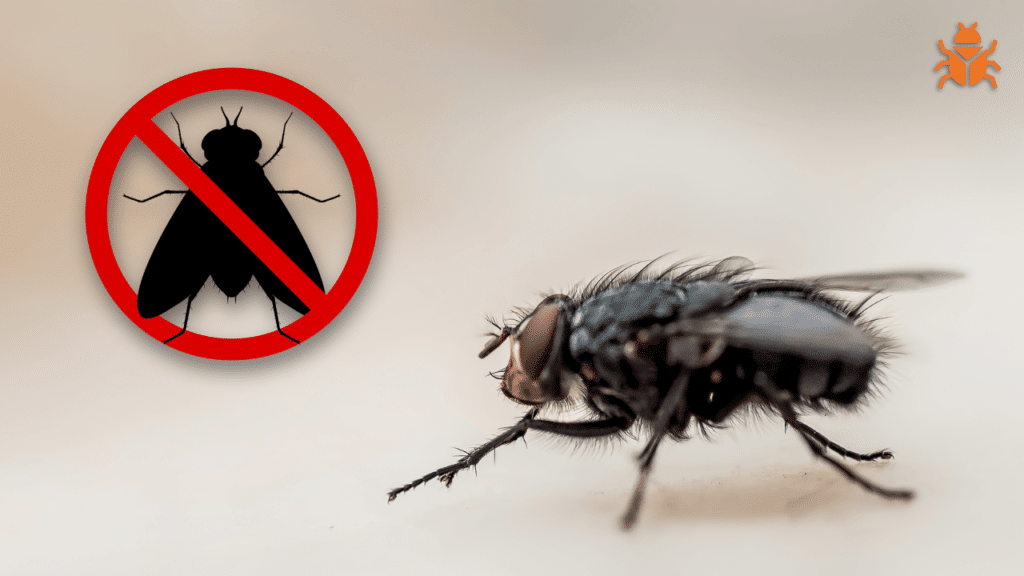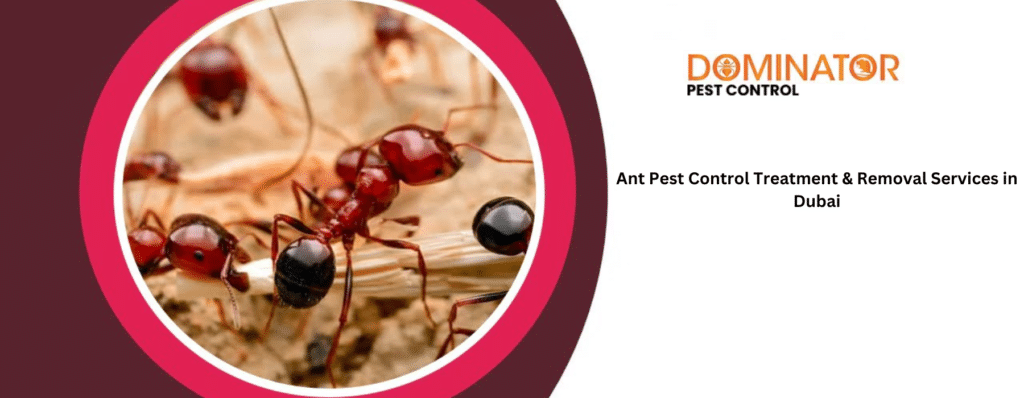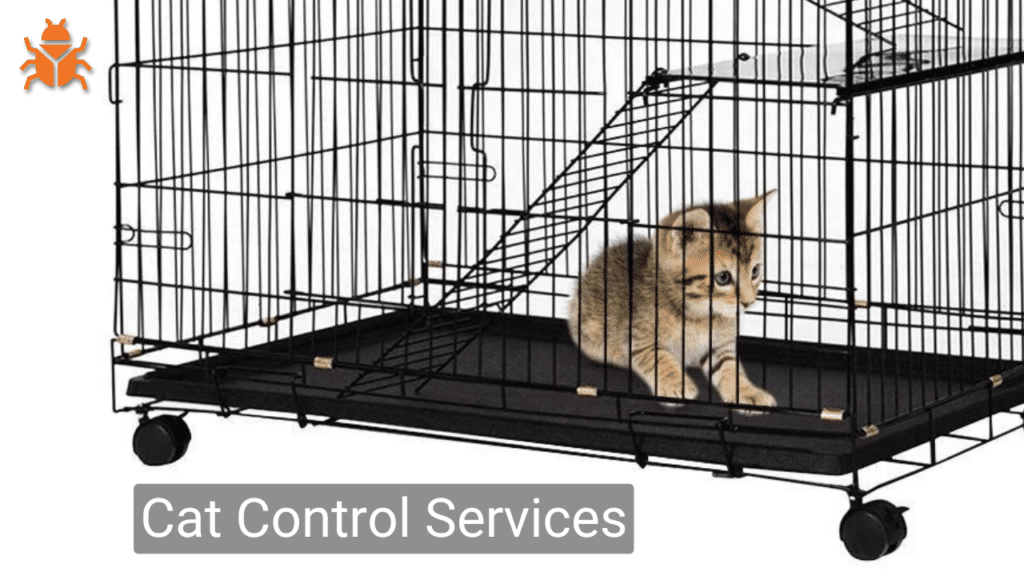As an expert in wildlife control, my experience has taught me the significance of understanding and managing the pervasive issue of urban pigeons. Through years of professional practice, I’ve cultivated methods that respect both pigeons’ ecological role and urban environments’ needs, ensuring humane and effective control strategies.
Deep Dive into Pigeon Behavior and Ecology
Understanding pigeon behavior is fundamental to controlling their population effectively. These birds, descendants of the wild rock doves, have seamlessly adapted to urban landscapes. While this adaptability is remarkable, it also brings several challenges.
Pigeon droppings, for example, are unsightly and pose serious health risks by potentially transmitting diseases like histoplasmosis and cryptococcosis. The acidic nature of their droppings also leads to significant deterioration of buildings and monuments, impacting air conditioning units and other architectural elements.
Key Insights:
- Species Identification: Understanding the biological and behavioral traits of urban pigeons.
- Health Implications: Highlighting the diseases associated with pigeon droppings.
- Infrastructure Impact: Discussing the extent of damage caused to public and private properties.
Effective Pigeon Control Strategies
My years of fieldwork have allowed me to evaluate various control measures, identifying those that offer the most humane and sustainable results. Physical barriers such as bird netting and spikes are the most reliable methods.
These installations prevent pigeons from landing and roosting without harming the birds. Technological solutions like electric track systems gently deter pigeons by delivering a mild electric shock, discouraging them from returning.
Chemical deterrents and natural repellents, including specially formulated gels and essential oils, also play a crucial role. These substances make surfaces uncomfortable for pigeons without causing long-term harm, effectively reducing their presence in treated areas.
Effective Deterrents:
- Physical Exclusion: Utilizing netting, spikes, and shock tracks.
- Chemical Repellents: Implementing non-toxic gels and natural oils.
- Combining Strategies: Using physical and chemical methods for optimal results.
My Approach to Professional Pigeon Control
Selecting the right pigeon control strategy is crucial and depends heavily on the specific circumstances of the infestation. Each location requires a tailored approach that considers the architecture, pigeon population density, and local regulations.
This is why professional consultation and installation are vital. As a professional, I ensure the selected deterrents are effective and installed correctly to maximize their efficacy and durability.
Why Professional Pest Control Services are Essential:
- Customized Solutions: Tailored strategies to fit specific environmental needs.
- Safety and Compliance: Ensuring all interventions comply with local wildlife protection laws.
- Long-term Effectiveness: Professional installations that provide lasting results.
Innovations in Humane Pigeon Control
Advocating for humane control methods is at the heart of my practice. I employ innovative strategies like birth control for pigeons, which involves feeding them a bait that inhibits egg development. This method gradually and humanely reduces the pigeon population. Falconry is another effective and natural method; using birds of prey to deter pigeons harnesses natural predatory behaviors beneficially.
Human Control Innovations:
- Birth Control Methods: Implementing non-lethal population control.
- Falconry: Utilizing natural predators to manage pigeon populations responsibly.
Learning from Case Studies and Collaborations
I regularly collaborate with experts and review case studies to refine my strategies and share effective practices. Such collaborations have led to the development of integrated control plans that address immediate and long-term pigeon control needs.
These case studies provide valuable insights into the practical application of different control methods across various environments, from historical landmarks to modern commercial complexes.
Insights from Collaborations:
- Expert Consultations: Leveraging collective knowledge to enhance control strategies.
- Adapting to New Challenges: Innovating as urban landscapes and pigeon behaviors evolve.
Conclusion
Effective pigeon control is as much about innovation and professionalism as ecological and public health considerations. My approach is tailored to ensure that while the urban spaces we share with pigeons are kept safe and clean, the methods employed respect the pigeons’ lives and biology.
This comprehensive guide reflects my extensive experience and commitment to humane, effective pigeon control, ensuring the health and safety of urban environments while respecting wildlife.


